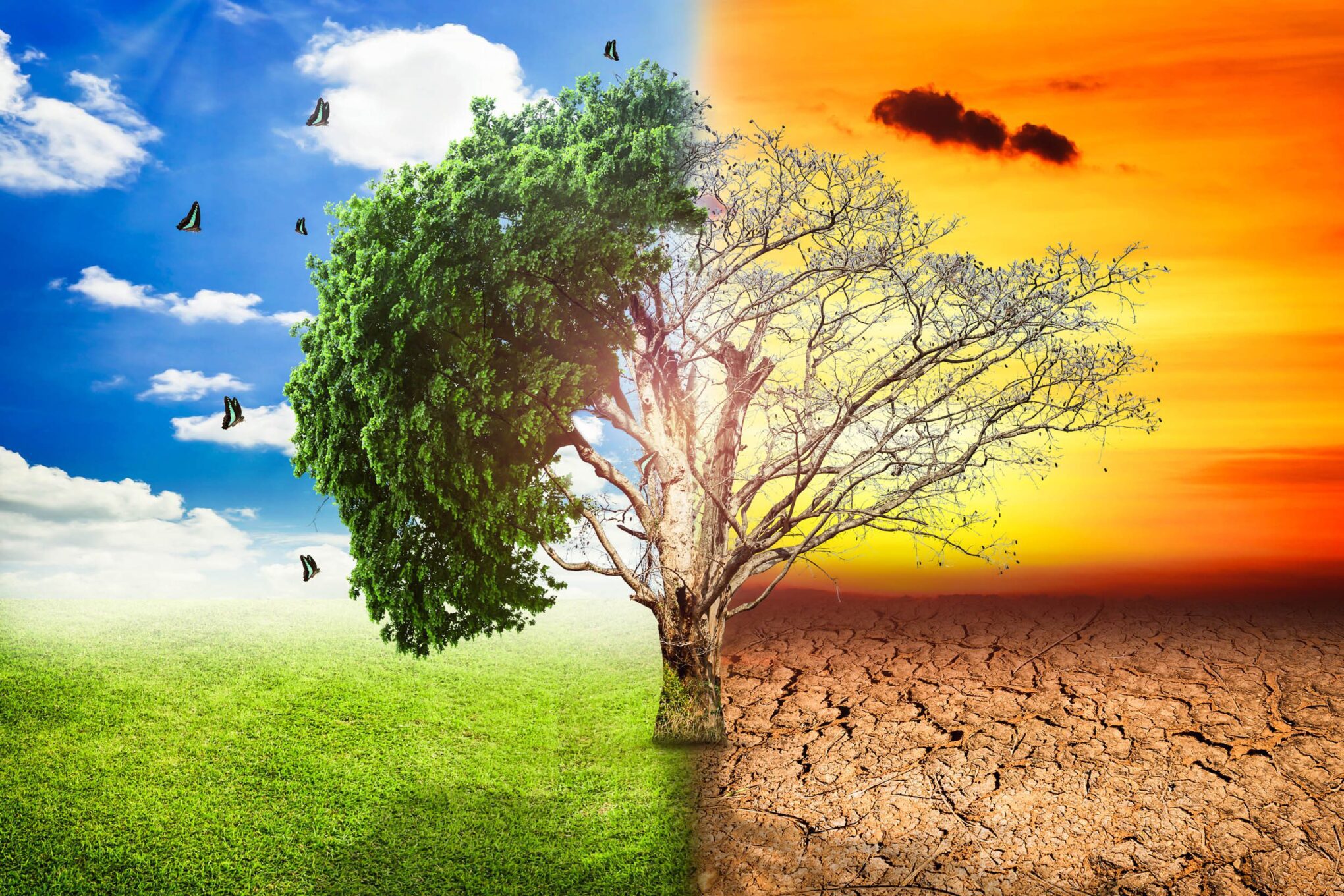Climate and weather have always had a powerful impact on human health and well-being. Global climate change is a newer challenge to ongoing efforts to protect human health. In the past few years, there has been an increased incidence of mosquitoes breeding Malaria, Dengue and Yellow Fever. Increase in temperature by 2-3º C would increase the number of people who, in climatic terms, are at risk of malaria by around 3-5 %, which means several hundred million people globally. An analysis, for Different Truths.
Climate Change implies significant variations in temperature, wind patterns and precipitation that may occur in cycles over decades, hundreds, thousands and millions of years; sometimes these changes may be random occurrences. These result in rain or hail, snowfall or extreme weather events like thunderstorms, cyclones, tornados etc. We have witnessed such events in much greater frequency in recent years.
According to Thomas Stocker, Co-Chair of IPCC Working Group I, “in the 20th century, scientists began to detect that the Earth was warming up abnormally – in the first decade of the new millennium, the common people began to feel the effects. Since the 1950s atmosphere and oceans have warmed, the amount of snow and ice has diminished, sea level has risen and the concentration of carbon dioxide has increased to a level unprecedented in at least the last 800,000 years”. This is attributed to be the result of human activity.
Currently, Global Warming is being caused by Greenhouse Gases (GHGs) resulting from mainly industrial development and urbanisation, agriculture and changes in land-use patterns. Added to this is an excess of cutting of trees resulting in soil erosion with much serious impact on the mountain ranges and coastal regions. Different gasses have different Global Warming Potential (GWP) which means how much damage they cause to the environment. Carbon dioxide (CO2) has GWP of 1; Methane – GWP of 21 and Nitrous oxide – GWP of 310.
The effects have been felt in India as well. There was a country-wide drought in 2002. There was a severe drought in 2009 as well. The year 2010 was one of warmest. In the year 2013, there were extreme rainfall events in Uttarakhand. We have seen mountains becoming barren due to large scale cutting of trees. This is resulting in hills becoming weak.
Climate and weather have always had a powerful impact on human health and well-being. Global climate change is a newer challenge to ongoing efforts to protect human health. In the past few years, there has been an increased incidence of mosquitoes breeding Malaria, Dengue and Yellow Fever. Increase in temperature by 2-3º C would increase the number of people who, in climatic terms, are at risk of malaria by around 3-5 %, which means several hundred million people globally. According to World Health Report 2002, climate change was estimated to be responsible in 2000 for approximately 2.4% of worldwide diarrhea cases, and 6% of malaria in some middle-income countries.
Changes in the atmosphere, coupled with vehicular and industrial emissions, lead to smog and poisonous gases which cause difficulty for those with the cardio vascular disease, respiratory disorders as asthma, emphysema, chronic bronchitis and allergy problems. Similarly, water pollution related diseases are on the increase. There is the poor quality of drinking water because water resources are threatened by drought, leading to bacterial, viral, Protozoal and Parasitic diseases.
As a result of rising sea levels and flooding of coastal areas, there occurs an increase in population density due to the migration of population to safe areas. People have to live in make shift camps in poor, unhygienic living conditions, which cause several infectious diseases. Children lose their school. There may be violence for want of food and other basic amenities. This may lead to psycho trauma and post-traumatic stress disorder.
Extreme changes in climate may occur in the event of nuclear fallout. A study conducted by Dr. Ira Helfand, MD, and Alan Robock et al on the climatic consequences of a regional nuclear war shows that even a “limited” nuclear conflict, involving as few as 100 Hiroshima-sized bombs, would have global implications with significant effects on weather patterns throughout the world. Debris injected into the atmosphere from the explosions and resulting fires would produce an average surface cooling of -1.25ºC that would last for several years. Because of fall in temperature, there would occur crop failures. This would result in serious food shortage. This could put the lives of over 2 billion people at risk.
Human-induced depletion of stratospheric ozone is another issue affecting human health. Stratospheric ozone absorbs much of the incoming solar ultraviolet radiation (UVR), especially the biologically more damaging, shorter-wavelength, UVR. The solar ultraviolet radiation may cause diseases of skin like Malignant Melanoma, Non-Melanocytic Skin Cancer – Basal Cell Carcinoma, Squamous Cell Carcinoma, Sunburn, Chronic Sun Damage, Photo dermatoses etc. They may affect our eyes in the form of acute photo keratitis and photo conjunctivitis, climatic droplet keratopathy, pterygium, cancer of the cornea and conjunctiva, cataract, Uveal melanoma, acute solar retinopathy and macular degeneration.
There is also a negative impact on immunity. There may occur suppression of cell mediated immunity, increased susceptibility to infection, impairment of prophylactic immunization and activation of latent virus infection. Climate changes also cause mutations leading to the development of new types of viruses. These produce new types of diseases.
The climate change leads to altered general well-being, disturbed sleep/wake cycles, Seasonal affective disorder and disturbance in mood. The number of heat stroke related diseases is on the rise during summer. Similarly, due to erratic winter, there is a detrimental effect on human health.
The health effects of climate change also depend on other relevant factors like age and gender, socio economic condition, geographic locations — already cold/warm areas/temperate regions, population density, sanitation and healthcare, nutrition, preexisting diseases, public healthcare system, literacy, infrastructure. People who are socially, economically, culturally, politically, institutionally, or otherwise marginalized are especially vulnerable to climate change.
There is urgent need to take steps to prevent climate change to save health. These may include policy making and strategies to reduce the risks. There is need to develop better infrastructure to combat the negative effect of climate change. A holistic approach is needed to health care in the form of better nutrition, job opportunities, housing, shelter, clean water etc. Also important are changes in life style, equity, seriousness to the problem, international agreements and people’s campaigns.
“We have the means to limit climate change,” said R. K. Pachauri – former Chair of the IPCC. “The solutions are many and allow for continued economic and human development. All we need is the will to change, which we trust will be motivated by knowledge and an understanding of the science of climate change.”
Dr. Arun Mitra
©IPA Service
Photo from the Internet





 By
By
 By
By

 By
By